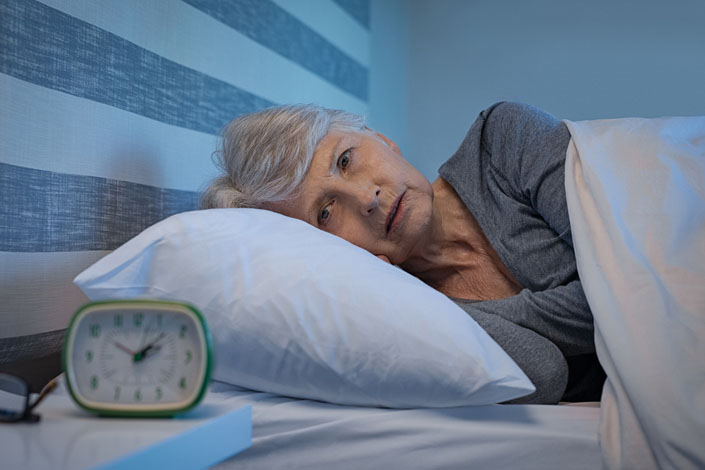Pneumonologia Terapia 2019, 1 ( 372 ) : 40 - 42
Kiedy chrapanie jest chorobą, u kogo wymaga leczenia?
When is snoring a disease, who needs treatment?
Chrapanie jest najczęstszym objawem obturacyjnego bezdechu sennego (OBS), który dotyczy ok. 24% mężczyzn i 9% kobiet w wieku 30–60 lat (1). Jednak samo tzw. nawykowe chrapanie w czasie którego nie występują bezdechy jest znacznie częstszym zjawiskiem i dotyczy ok. 40% dorosłej populacji, a według niektórych autorów nawet 86% dorosłych mężczyzn (2,3).

Zaloguj się i przeczytaj bezpłatnie całą treść artykułu.
Nie masz jeszcze konta dostępowego?
Zarejestruj się bezpłatnie, a otrzymasz:
* dostęp do wszystkich doniesień oraz pełnych tekstów artykułów naukowych w naszej Czytelni,
* prawo do bezpłatnego otrzymywania newslettera "Aktualności TERAPIA" z przeglądem interesujących i przydatnych wiadomości ze świata medycyny oraz systemu ochrony zdrowia w Polsce i na świecie,
* możliwość komentowania bieżących wydarzeń oraz udziału w ciekawych quizach i konkursach.
Zapraszamy serdecznie, dołącz do naszej społeczności.



Dodaj komentarz